April 14, 2025 | 02:21 GMT +7
April 14, 2025 | 02:21 GMT +7
Hotline: 0913.378.918
April 14, 2025 | 02:21 GMT +7
Hotline: 0913.378.918
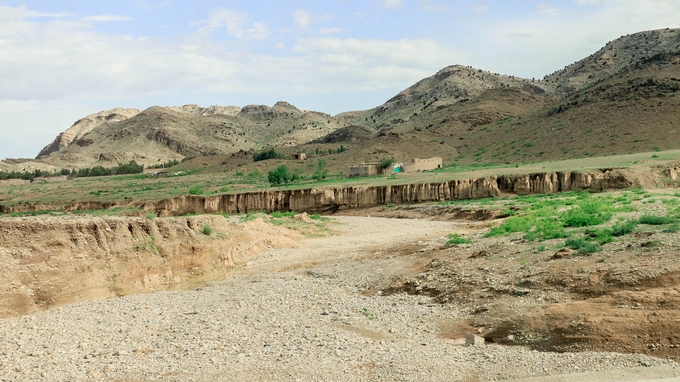
FAO is spearheading efforts at the UNCCD COP16 Desertification Conference taking place in Saudi Arabia to restore degraded agricultural lands.
With more than 40 percent of the world’s land already degraded, the future of our planet faces critical challenges in feeding a growing global population.
The Food and Agriculture Organization of the United Nations (FAO) estimates that 1 660 million hectares of land are degraded due to human activities. Over 60 percent of this degradation occurs on agricultural lands, including cropland and pasture, putting unprecedented pressure on agrifood systems and jeopardizing global food security, environmental sustainability, and social stability.
FAO is spearheading efforts at the UNCCD COP16 Desertification Conference taking place in Saudi Arabia to restore degraded agricultural lands. This is a crucial step towards transforming agrifood systems into sustainable and inclusive models to ensure food security for all, promote ecosystem health, and enhance human well-being.
“Healthy land, crucial for providing 95 percent of our food, clothing, shelter, jobs, and protection from natural disasters, is degrading at an alarming rate,” said AbdulHakim Elwaer, FAO Assistant Director- General and Regional Representative for the Near East and North Africa (NENA).
“FAO emphasizes the crucial role of restoring degraded agricultural lands to secure future food, feed, fiber, and biofuel supplies. Such restoration not only supports sustainable production but also contributes to biodiversity, carbon sequestration, water retention, and other essential ecosystem services.
By addressing land degradation, particularly in agricultural areas, FAO aims to promote social stability, reduce poverty, and enhance food security and nutrition,” Elwaer, who will be leading FAO’s delegation at COP16, noted.With 3.83 billion individuals relying on agrifood systems for their livelihoods, 60 percent of the human-induced land degradation occurs on agricultural lands.
Therefore, integrated approaches to managing soil, land, and water sustainably are urgently needed to nourish a growing global population."COP16 presents a unique opportunity to galvanize global efforts towards sustainable agrifood systems that benefit both people and the planet,” Elwaer said.FAO advocates for prioritizing the restoration of agricultural lands in multilateral environmental agreements and integrating it into national planning processes.
The Organization emphasizes the need for integrated solutions at the policy, innovation, and technology levels to reach smallholder farmers.
During COP16, FAO will provide technical support to the discussion of issues including restoration of agricultural land, integrated land use planning, land tenure security, drought resilience, and sand and dust storms.On 5 December, FAO, in collaboration with the International Fund for Agricultural Development (IFAD) and UNCCD, will be leading the conference sessions on Agrifood Systems Day, dedicated to promoting sustainable land management to support healthy soils, productive lands, resilient crops and nutritious food.
High-level events include:
- “Wrapping up a COP year: the role of agrifood systems across the three Rio Conventions” that will set the tone of the Agrifood System Day, focusing on the transformation towards more efficient, inclusive, resilient and sustainable agrifood systems and restoration of degraded agricultural lands to achieve multiple co-benefits (food security, Land Degradation Neutrality, carbon storage, water retention and biodiversity).
- launch of an Investment Framework that aims at optimizing the financing and implementation of national and regional restoration projects across the NENA region, as part of the UN Decade of Ecosystem Restoration, with ministers from across the Near East and North Africa (NENA) region and Princess Basma Bint Ali of Jordan, FAO Goodwill Ambassador for NENA.
- launch of the Global Environment Facility-funded initiative (Food Systems Integrated Programme) by FAO and IFAD at the COP16 Summit, which focuses on sustainable and resilient agrifood systems, crops, commodities, livestock and aquaculture systems across 32 countries.
- World Soil Day celebration – a hybrid global event to recognize the crucial role of soils to land, water, food, biodiversity, climate etc.
In addition, on 6 December, FAO, UNCCD, the United Nations Development Programme (UNDP) and UN-Habitat are co-organizing Governance Day, championing land degradation neutrality and inclusive agrifood systems transformation.
Furthermore, FAO will actively contribute to a series of events and presentations on topics including resilience, land degradation neutrality, tenure and governance, integrated land use planning, drought, and sand and dust storms (SDS).
Restoration of degraded agricultural lands requires urgent political leadership, massive investments, and concerted actions. Without these efforts, achieving global targets of Land Degradation Neutrality (LDN) and zero hunger will not be possible.
Transforming agrifood systems and restoring degraded agricultural lands are essential steps to achieve LDN, increase productivity, maintain biodiversity, and adapt to changing demands and climate change.
With the international community committed to restoring one billion hectares of degraded land by 2030 to achieve SDG 15, FAO highlights the need for integrated solutions to avoid, reduce, and reverse degradation of agricultural lands.
(FAO)
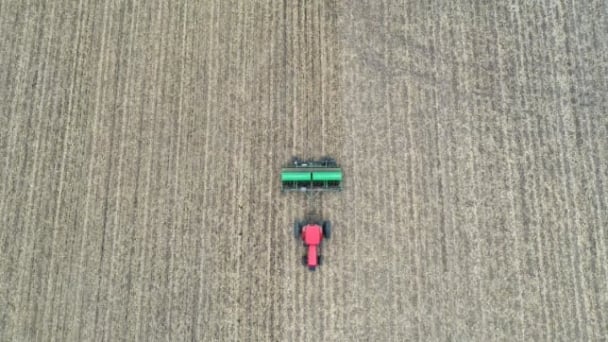
(VAN) Tariffs are making life more expensive for John Pihl. He's been farming in Northern Illinois for more than 50 years.
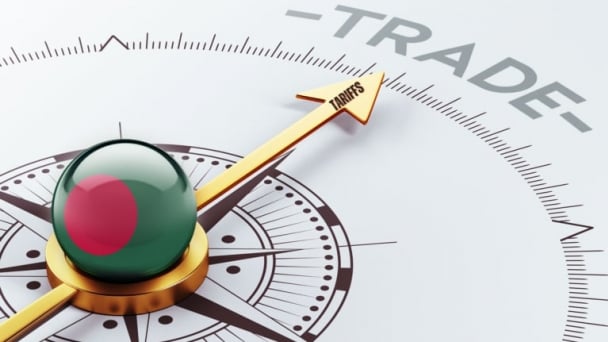
(VAN) European and American farmer organisations are concerned about the import tariffs that the United States introduced on 9 April for products from the European Union. This makes them 20% more expensive.
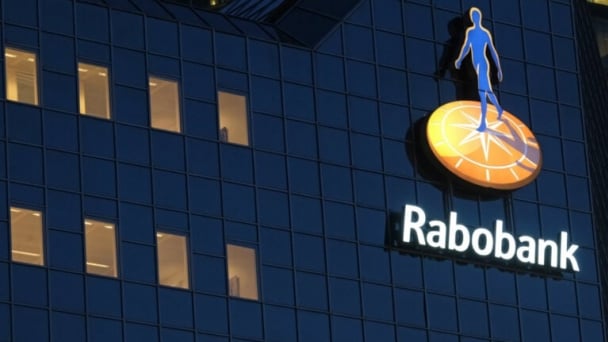
(VAN) Global poultry trade is expected to remain strong amid relatively tight global protein supply and growing consumption, RaboResearch concludes in its latest animal protein report.
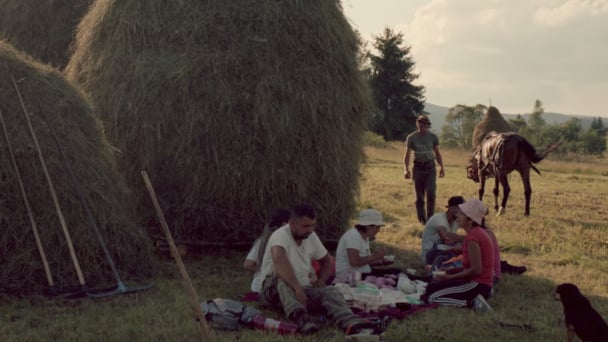
(VAN) Traditional methods benefit hundreds of species but as new agricultural techniques take over, the distinctive haystacks mark a vanishing way of life.

(VAN) The nation’s top banks are quietly advising their clients on how to build a financial life raft - or perhaps life yacht - from the wreckage of runaway climate change.
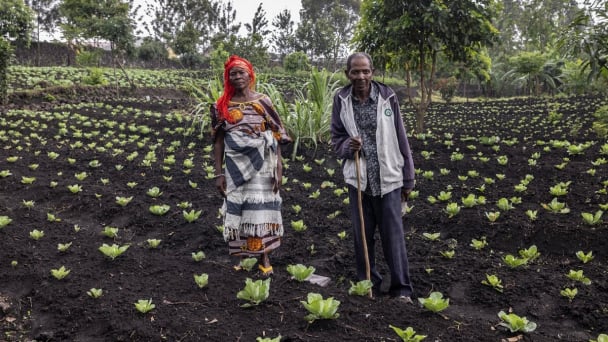
(VAN) From FAO Office in the Democratic Republic of the Congo.
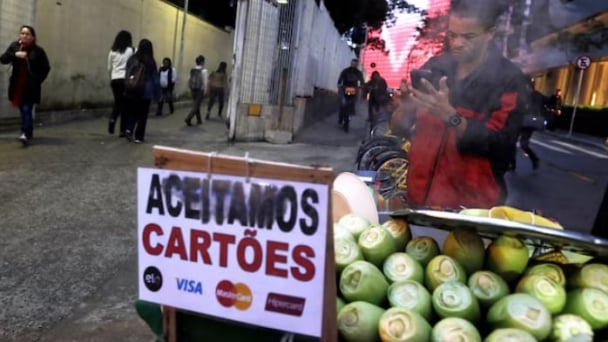
(VAN) Corn prices in the Campinas region have surged past 90 reais ($15.80) per 60-kg bag, the highest nominal level in nearly three years, marking a more than 23% jump year-to-date, according to the widely followed Cepea index from the University of Sao Paulo.